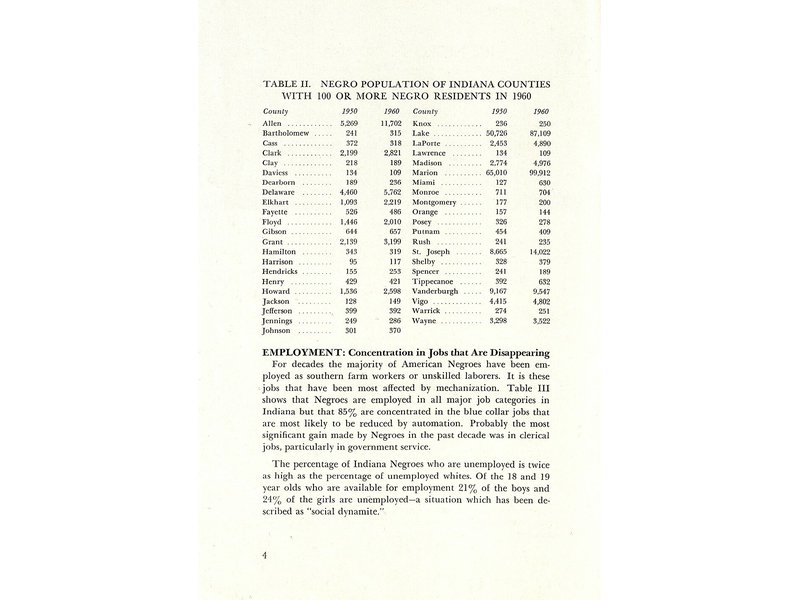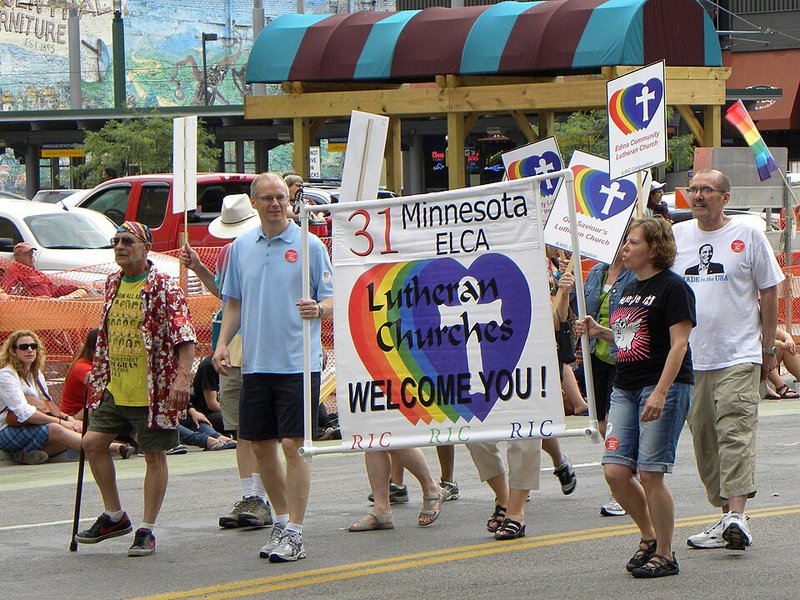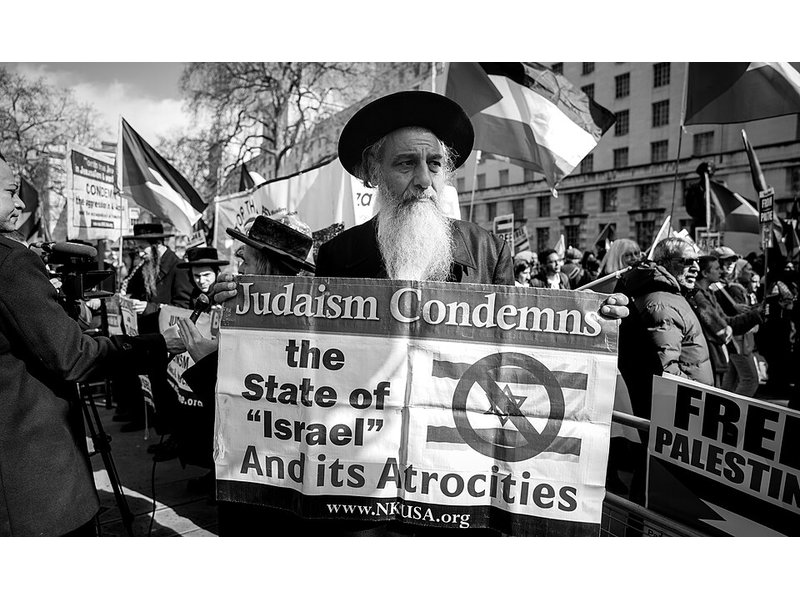140 hiding escape and false identities

"Hiding, escape and false identities are not usually a part of nonviolent action. Normally they are not protest or resistance as such, and they commonly reflect fear which, as will be discussed in Chapter Nine, disrupts the effective operation of the technique. However, there are certain circumstances under which they may constitute a method of nonviolent action. These are largely political circumstances in which the regime seeks the arrest, internment and perhaps extermination of particular groups of people for ideological reasons or as part of a massive wave of repression. It could also apply to groups wanted as hostages or for reprisals, forced labor, or military duty. And of course escape by slaves is resistance to the institution of slavery. In certain circumstances members of the resistance movement might also seek to disappear."...
Potentially problematic matches
High scoring campaigns using this method
Historical cases from the Nonviolent Action Database that used this method
Peace Brigades International protects human rights activists in El Salvador, 1987-1992
In 1979 the United States of America (USA) supported a coup against Salvadoran General Humberto Romero in reaction to the deaths, disappearances, and torture that had reached international attention. The new Salvadoran government became a civilian-mi...
Greenpeace campaigns against dumping the Brent Spar oil rig, 1995
The Brent Spar, a 450-foot-long floating rig used as a loading buoy and storage tank for oil from the North Sea for fifteen years, was decommissioned in 1991. When Greenpeace learned of plans to dump the Brent Spar by sinking the structure in the Nor...
Australian women protest conscription during Vietnam War [Save Our Sons (SOS)], 1965-1972
The “Gulf of Tonkin Incident” in early August 1964 marked the beginning of dramatic escalation of the United States’ involvement in the civil war in Vietnam. As a close ally, Australia made a commitment to support the United States’ intervention in S...
French Christians save Jews from Nazi holocaust, Le Chambon, 1940-1944
Le Chambon-sur-Lignon was a community located in south central France. With a history of being a refuge for persecuted Protestant Huguenots in 17th century, it was primarily a Presbyterian town.\n\nIn 1934 Andre Trocme arrived in Le Chambon with his ...
Peace Brigades International (PBI) protects and aids Guatemalan Mutual Support Group (GAM), 1984-1989
From 1960 to 1996 Guatemalans endured a civil war in which the Guatemalan military and leftist guerrillas fought for control. In order to defeat the guerrillas, the government focused on controlling and depleting the potential guerrilla population- g...
Bulgarians defend Jews from deportation during World War II, 1941-1945
Early on in the Second World War, Bulgaria was a member of the Axis powers, having signed the Tripartite Pact on March 1, 1941. However, Bulgaria was not emotionally attached to the ideals of the major Axis powers. They simply signed on because they ...
English Quakers campaign for freedom of religion, 1647-1689
The Religious Society of Friends (Quakers) emerged in England in the late 1640's among those who challenged the standard doctrine of the Church of England. Quakerism began as a sect whose members believed that there was a piece of God within every pe...
Brazilian laborers (ganhadores) strike against ID tag and tax legislation, 1857
During the 1800s, the slaves of Brazil held uprisings and rebellions that led to the governments’ careful construction of methods of controlling black Brazilians. After one revolt in 1835 the Bahian Parliament passed legislation to control the “ganha...
Guatemalans refuse to serve in civil patrols, 1988-1993
From 1961 to 1996 Guatemalans endured a bloody civil war. During this conflict the military-controlled government fought the leftist guerillas or the Guatemalan National Revolutionary Unity (URNG). These groups fought each other for political control...
CORE's Route 40 Project: Maryland campaign for desegregation and U.S. Civil Rights, 1961
In 1960 and 1961, the Washington, D.C., area experienced an increase in diplomatic representatives from Africa, causing tension and emphasizing the issue of segregation in the area. Visiting African diplomats were exposed to segregation in many resta...
Low scoring campaigns using this method
Historical cases from the Nonviolent Action Database that used this method
Black miners strike in the Northern Rhodesian (Zambia) Copperbelt, 1935
By 1924, Northern Rhodesia (now Zambia) was administered and occupied by the British government as an official British protectorate. While the Colonial Office headed administration, a group of interconnected companies financed by Britain, South Afric...
Luxembourgers general strike against Nazi occupation, 1942
In the 1940s, Nazi Germany under the government of Adolf Hitler was advancing its conquest of Europe during the Second World War. By May 1940, Luxembourg, a small neutral country bordering Germany, was placed under military occupation by forces of th...
Burmese (Myanmar) monks campaign for democracy (Saffron Revolution), 2007
In 1988 Burmese students led mass demonstrations against the oppressive military junta of Burma (the country now referred to as Myanmar). The result was 3,000 civilians dead after a governmental crackdown and a prevailing junta. Shortly after, as the...
Mexican students protest for greater democracy, 1968
In July of 1968, as the student-led uprising of May and June in France was fading away, a new one was just beginning in Mexico City. Students inspired by the success of the movement in France saw their own opportunity to bring more open democracy to ...
Palestinians wage nonviolent campaign during First Intifada, 1987-1988
EDITOR'S NOTE: Regarding the First Intifada as "nonviolent" is controversial because of the violence that accompanied the campaign. Aden Tedla's narrative does not try to hide the violent dimension. Three considerations lead us to include the case in...
Channel Islanders resist German occupation in WWII, 1941-1945
The Channel Islands, two British territories, fell under German occupation in 1940 during WWII. The Islands politically took on a policy of “passive cooperation.” Fearing a German monopolization of oil, Britain interned German civilians living in Per...





